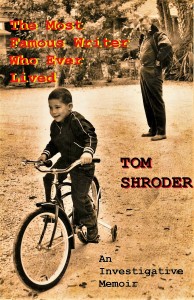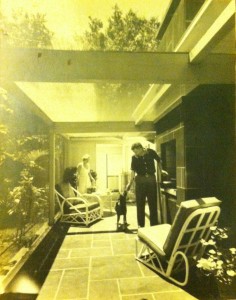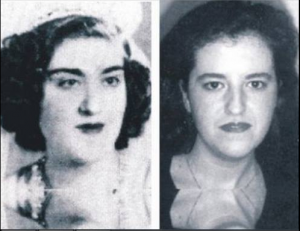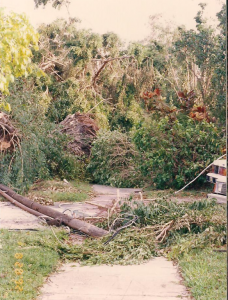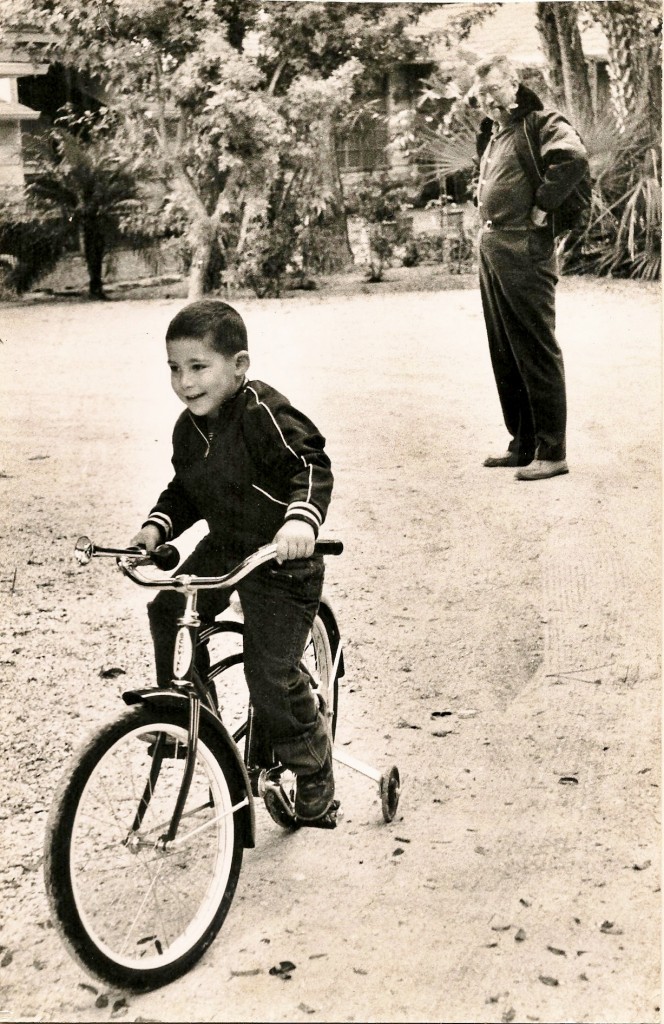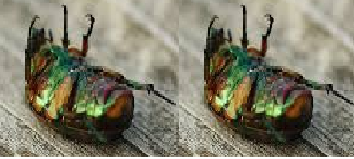Jon Berry of the New College program at the University of Alabama is using Acid Test to teach the history of psychedelic therapy to some very engaged students. Here’s the course listing:
NEW 490 – 320 Psychedelics: From Stoned Ape to the FDA (CRN 13341) Spring 2016—Jonathan G. Berry—Tuesdays 7:00–9:50 pm—Lloyd 319 Course Description and Objectives This course will look at the history of psychedelic substances and plants beginning with theories of their earliest protohuman usage to the current FDA approved psychotherapeutic studies. As these substances continue to increase in both sanctioned and unsanctioned use, it is important that we educate ourselves about their role in the development of human language, consciousness, and culture as well as their potential to heal when used in responsible clinical settings. Special attention will be paid to the misuse of these substances during the revolution of the 1960s and their continued misuse in a variety of settings. The question of responsible clinical and religious use of a variety of psychedelic compounds and plants will also be discussed. Learning Outcomes An understanding of 1) the history of psychedelic substances and plants, 2) their possible place in human evolution and the development of human language, 3) their role in early shamanic cultures and the development of religious and spiritual systems, 4) the decline of their use with the growth of large cultural centers and mass religious movements, and 5) their resurgence in the past century in social, artistic, and spiritual movements, and finally their psychotherapeutic usages. There are no prerequisites for this course. This is a New College seminar. New College seminars are highly interactive courses that enable students to critically engage content in responsible ways. Each seminar is designed to explore interdisciplinary approaches to a particular issue, theme, or problem. All New College seminars include the following: • Student-led discussion • A research task • Meaningful and active in-class engagement with course materials • A range of learning activities • Multiple forms of evaluation and assessment • Oral and writing communication • Complex and critical thinking opportunities • Reading and writing as essential components of the class Instructor Information Jonathan G. Berry 224 McMillan 205-239-7016 (text or call) ● berry009@ua.edu Office Hours: Wednesday afternoons 4:00 to 6:00. Please contact me to confirm availability. I’m also available by appointment. Required Text for the Course Acid Test: LSD, Ecstasy, and the Power to Heal.
